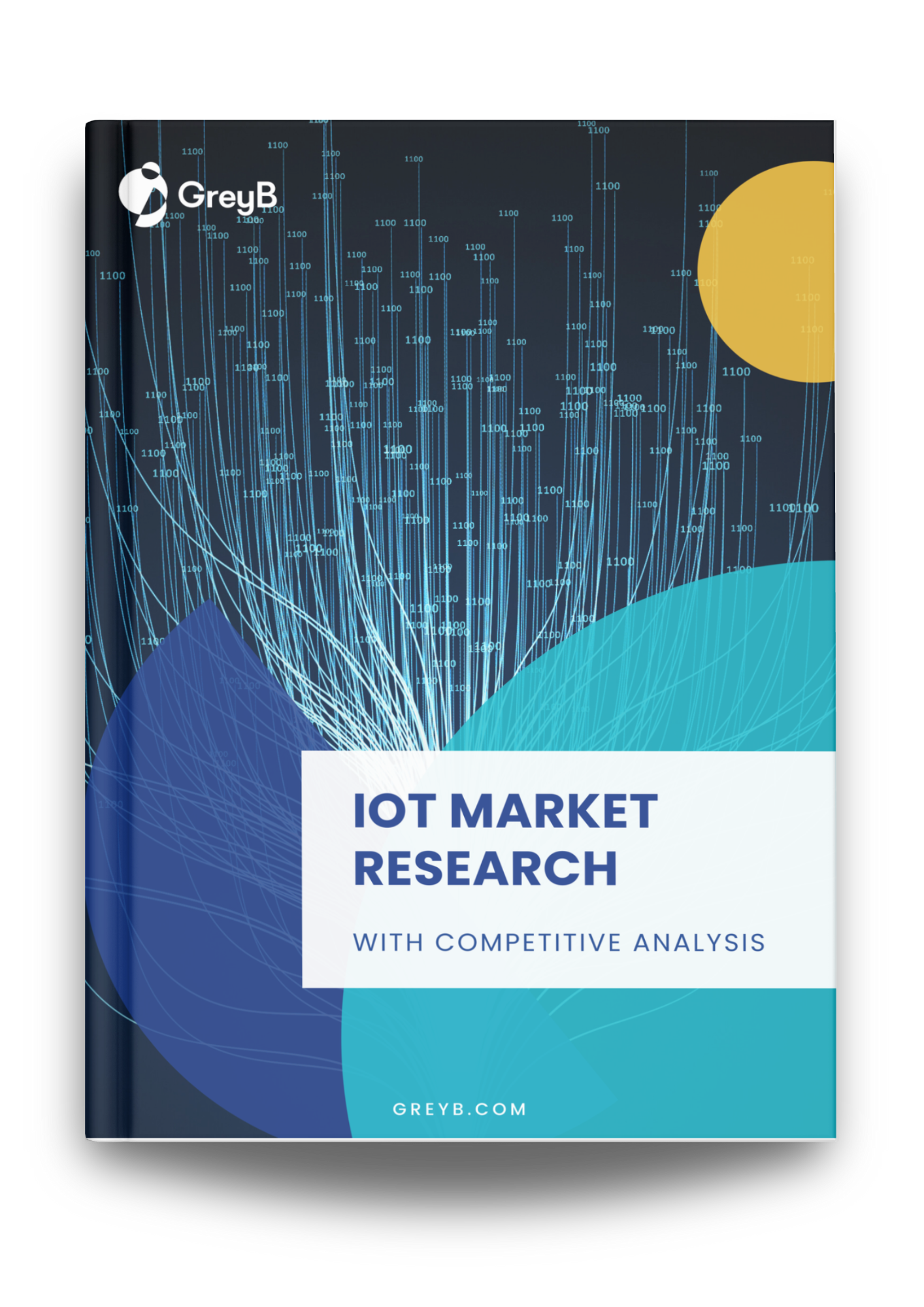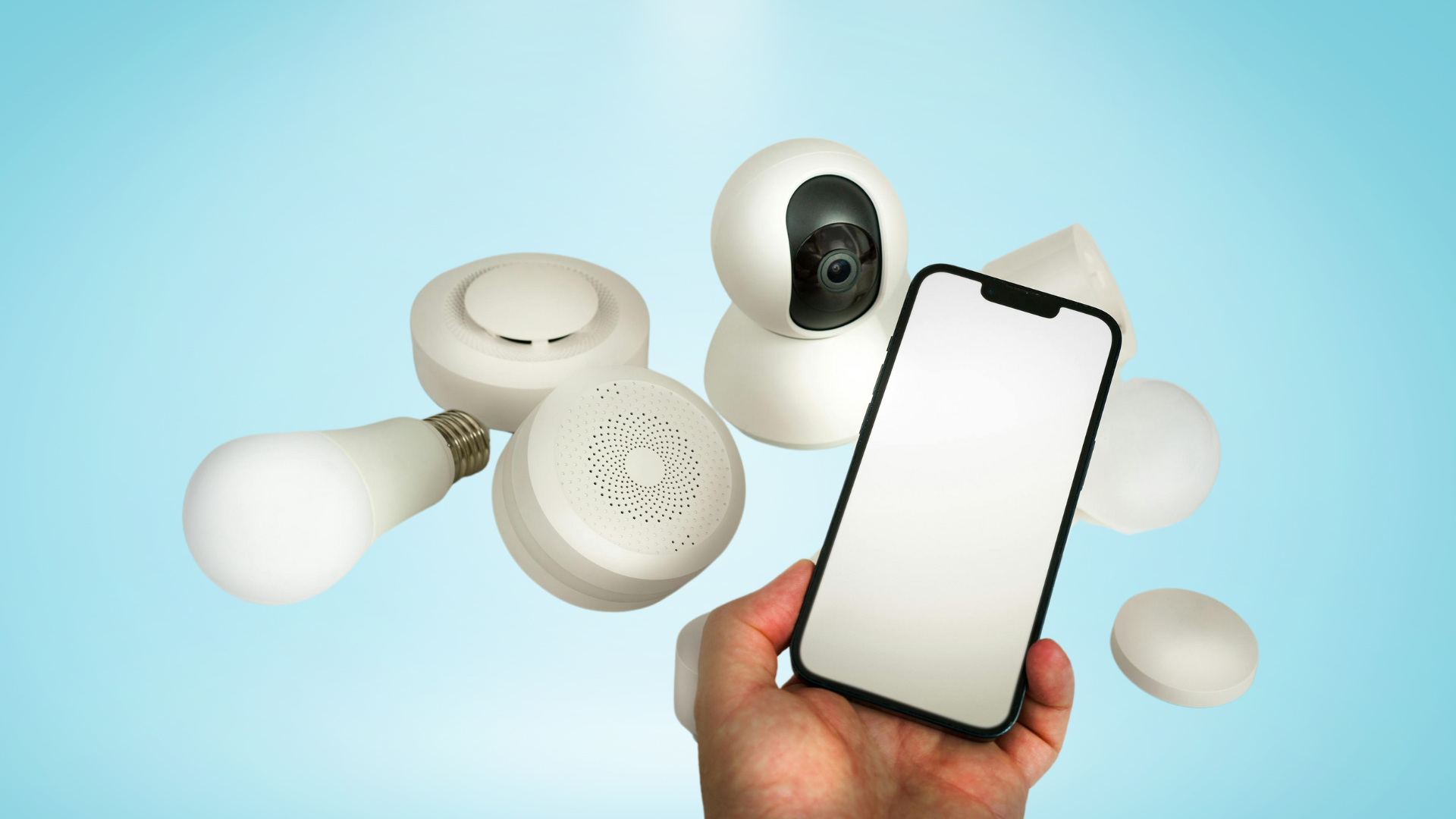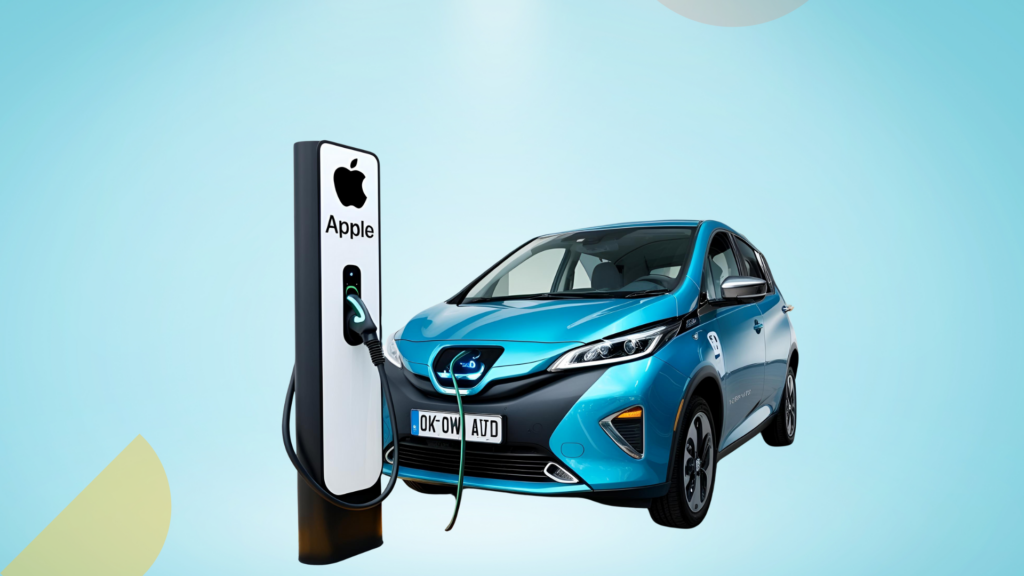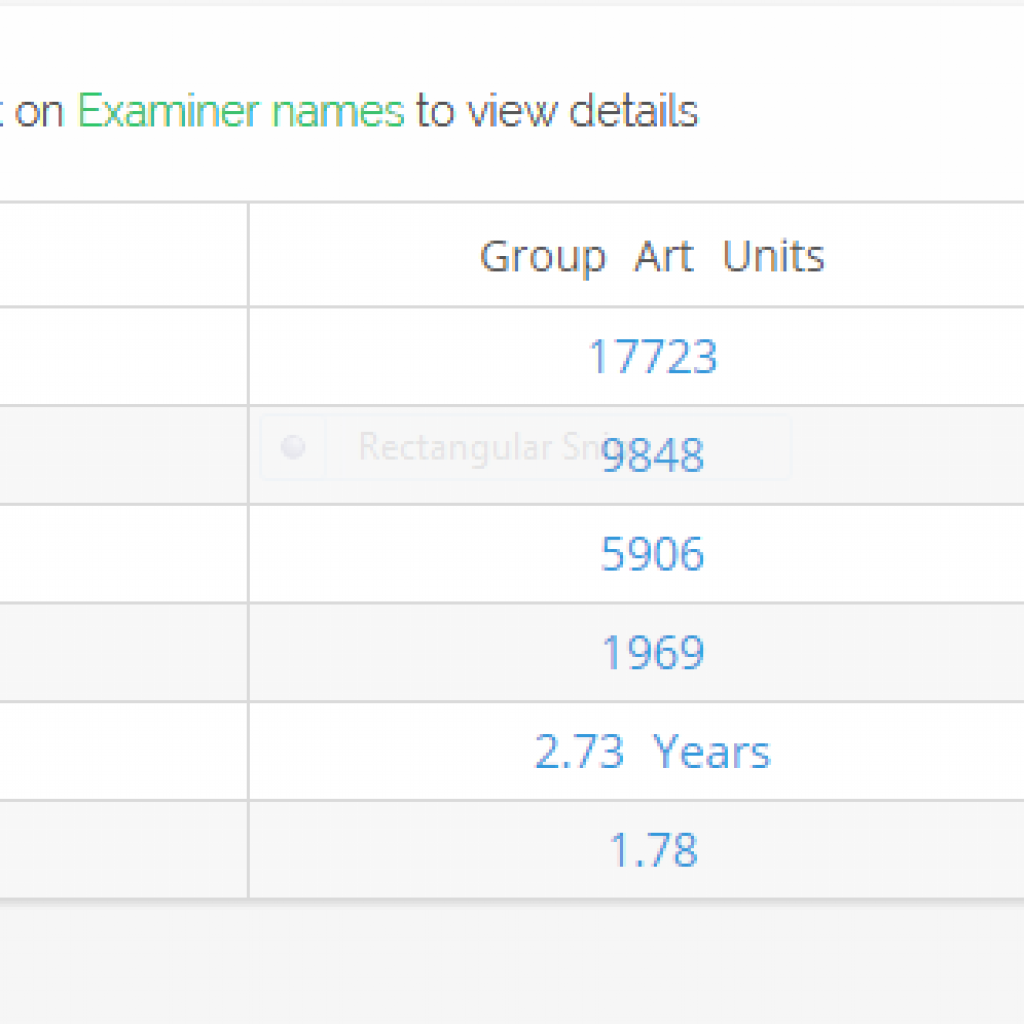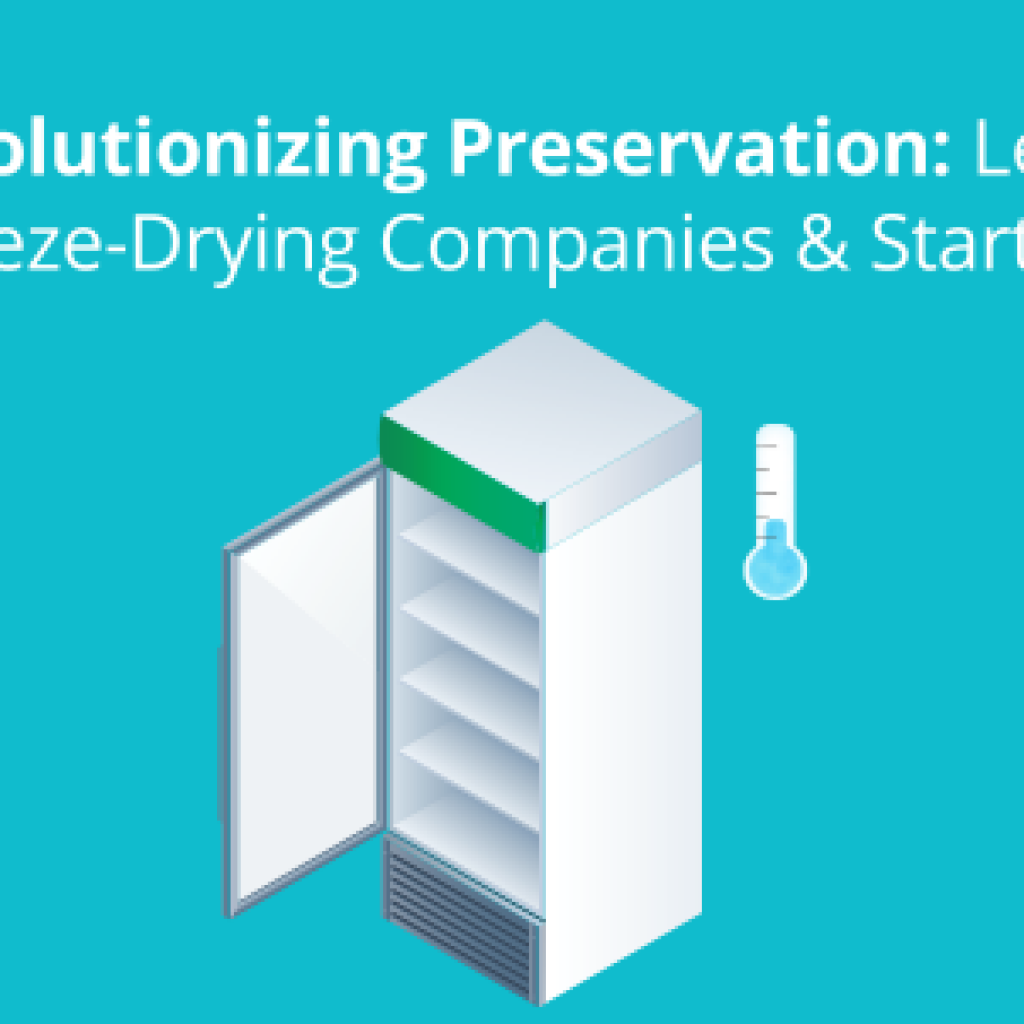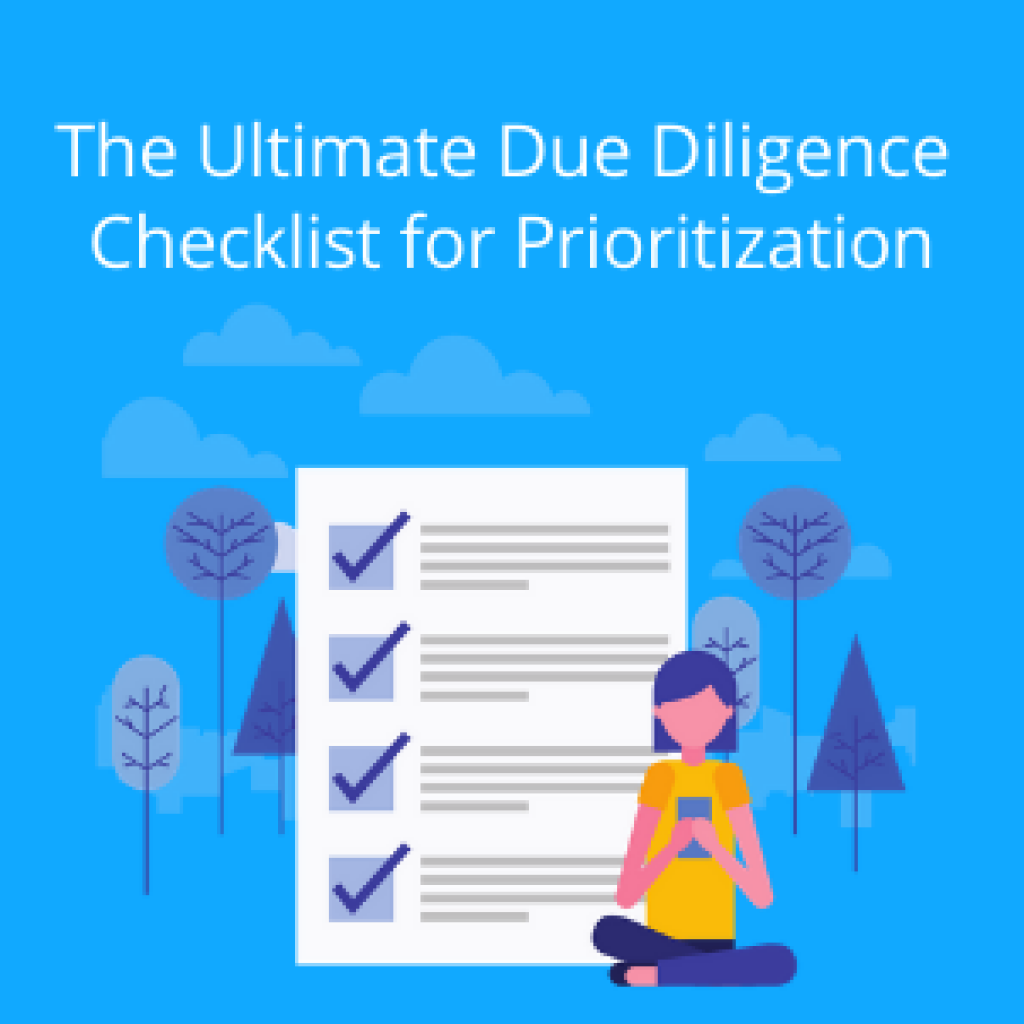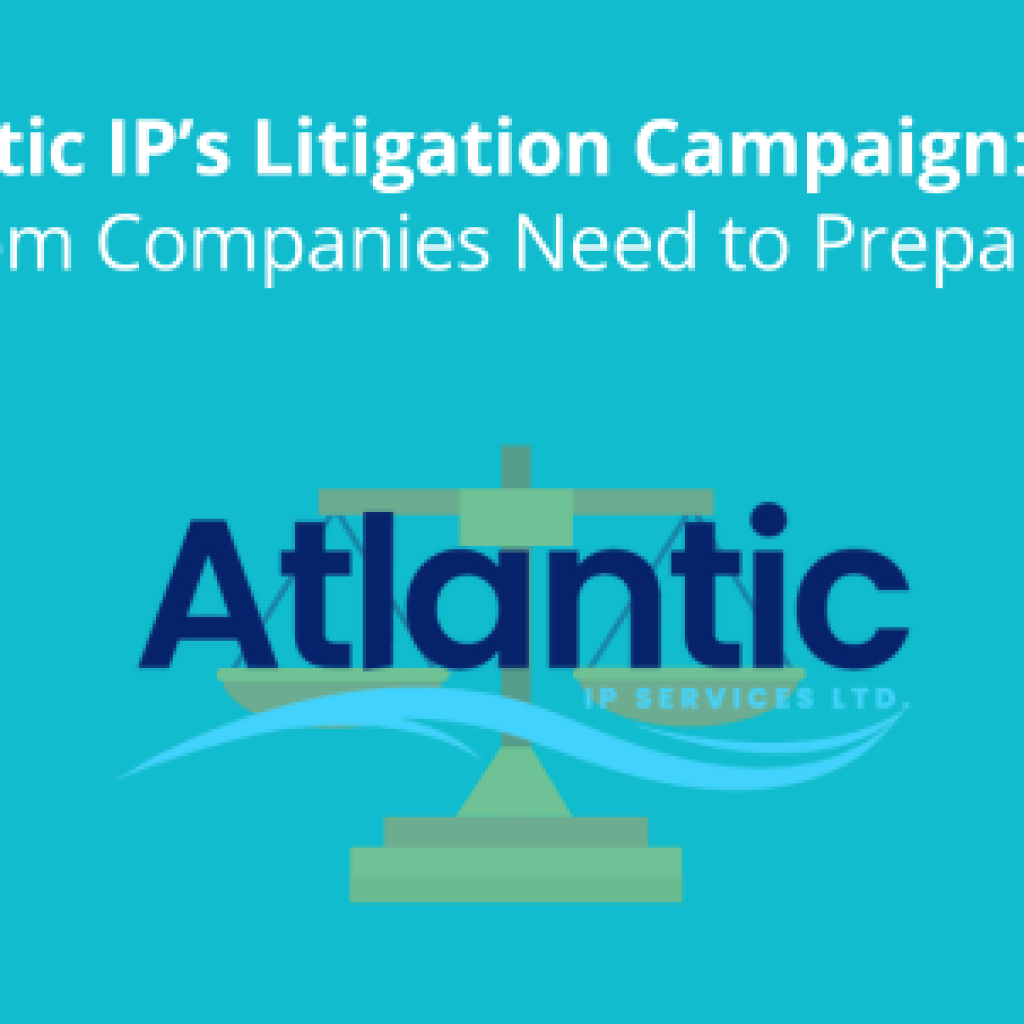One of the biggest bottlenecks of the IoT industry is power usage. Powering 100s of sensors and devices requires complex charging infrastructure or batteries that need to be replaced on time. We all know how much this complicates operations and raises serious concerns for the environment and sustainability.
Modern households already feature hundreds of Internet of Things (IoT) – enabled devices. Imagine how high this number will be for factories or massive warehouses, such as those of Amazon or Walmart. Ambient IoT is the only way to scale this industry to its future demands.
Understanding this requirement, the Ambient IoT Alliance (AIoTA) was formed in February 2025 to drive the development and scaling of energy-harvesting, battery-free IoT sensor devices based on Ambient IoT (AIoT) technologies. It includes industry leaders such as Qualcomm, Intel, and PepsiCo, along with IoT startups like Wiliot. This alliance is working to standardize ambient-powered IoT solutions across 5G, LoRa, and other wireless networks for widespread adoption and integration.

Source: 3GPP
As standards for AIoT technology are being developed, this presents a unique opportunity for first movers to establish leadership in the next wave of innovation. Companies investing in Ambient IoT today, whether through alliances, 3GPP, or filing patents, will gain a significant competitive advantage in sectors such as telecom, healthcare, smart cities, and logistics.
This article explores 3GPP’s role in AIoT standardization, focusing on leading patent holders and innovations in energy harvesting and ultra-low-power devices. You’ll also find pilot application examples and relevant patents shaping this emerging domain.
3GPP’s Role in the Ambient IoT Battle
Current cellular IoT technologies are insufficient to meet the low-cost, low-complexity, and ultra-low-power requirements of AIoT. That’s why new technologies need to be standardized in Release 19 or later (by 3GPP).
Different working groups within 3GPP are studying Ambient IoT devices. The findings from these studies will help shape new standards that connect current cellular networks with the unique needs of Ambient IoT (AIoT).
Here are three key reports that summarize the ongoing research:
1. TR 22.840: This 3GPP report, from the Service and System Aspects Working Group 1 (SA1), focuses on AIoT devices powered by ambient sources (radio waves, heat, light). It outlines use cases, traffic scenarios, and key performance indicators (KPIs) for deployment, covering areas such as security, network access, positioning, and device lifecycle management. The report also identifies gaps in current 3GPP standards that hinder the support of these devices in 5G networks.
2. TR 38.848: It summarizes a RAN plenary-level study on the feasibility of integrating AIoT devices into 3GPP systems, outlining key use cases, deployment scenarios, network setups, design targets, and preliminary feasibility assessments for AIoT integration into RAN infrastructures.
3. TR 38.769: Building on TR 38.848, this report explores solutions for integrating AIoT devices with NR networks, focusing on physical layer design, waveform, and multiplexing methods. The aim is to achieve smooth integration with minimal disruption to existing operations.
Telecom giants like Ericsson, Nokia, and Huawei are contributing to these 3GPP TRs and influencing AIoT standards. Similarly, core IoT and semiconductor companies, such as EnOcean, Semtech, and SIGFOX, are also working on energy-harvesting technologies.
Core IoT Companies Vs Telecoms (Competitive Landscape)
Telecom giants and chipset manufacturers dominate the contributions/hits to 3GPP reports over core IoT companies. In addition to these, Equipment manufacturers, Semiconductor providers, and Consumer electronics companies are among the top contributors to 3GPP’s AIoT discussions.

Here’s the overview of individual hits data from top contributors in 3GPP reports:

Who is Winning the Ambient IoT Patent Filing Race?
The easiest way to gauge which company will lead in terms of licensing in Ambient IoT is to examine who is filing the most patents. The data revealed that Qualcomm leads the chart, followed by Huawei, Nokia, and Ericsson.
This shouldn’t come as a surprise, as these names have once led the development of 4G and 5G technologies and are now leading the development of 6G and related technologies, such as AIoT.

These companies are not just filing patents but also making Ambient IoT technology-ready products.
For instance, Qualcomm has integrated a GSMA pre-certified iSIM solution into its new modems, the Qualcomm E41 and E52 4G Modem-RF. This iSIM supports the concept of seamless, always-on connectivity in IoT devices, which is a hallmark of Ambient IoT systems. It allows these modems to connect to multiple cellular networks worldwide, simplifying global connectivity for ODMs, OEMs, MNOs, and MVNOs.
Another real-world application is Oppo’s zero-power tag, which harvests energy from ambient energy sources, such as radio frequency (RF) signals (including Bluetooth, Wi-Fi, and cellular transmissions). Its prototype was presented at MWC 2023 and recognized as one of TIME magazine’s Best Inventions of 2023.
Specialized IoT firms, such as Wiliot, although not exhibiting significant patent activity, are making remarkable progress in real-world applications.
Wiliot Ltd. has brought Ambient IoT products to life, transforming supply chain management. Its Ambient Data Platform has been successfully deployed in multiple U.S. warehouses. The AIoT tool enhances efficiency and reduces costs by minimizing misload errors. At its core are battery-free, postage-stamp-sized Ambient IoT Pixels that track package locations, resulting in a 60% reduction in lost or damaged shipments. These Pixels also function as Bluetooth Low Energy (BLE) beacons for Real-Time Locating Systems (RTLS).
Beyond logistics, Wiliot has partnered with iFoodDS and Trustwell to introduce a food safety initiative that leverages Ambient IoT to create a fully transparent and traceable supply chain. This initiative supports compliance with the FDA’s FSMA 204 regulations.
Advancing Ambient IoT Together
The evolution of Ambient IoT is being shaped not only by competition but also by strategic funding, alliances, and acquisitions.
Project Matter and Ambient IoT Growth
The Connectivity Standards Alliance (CSA), also known as the Zigbee Alliance, with over 500 tech company members, is driving efforts towards interoperability through projects like Matter, formerly known as Project CHIP (Connected Home over IP).
Matter is an open-source initiative to bridge the gap between different smart home devices. Devices made according to Matter standards are compatible and can be controlled with any or all voice assistants, such as Google Assistant, Amazon Alexa, or Apple Siri. For instance, without worrying about compatibility, a Matter standard smart home device can be set up and used with Apple HomeKit, Google Assistant, or Amazon Alexa.
The alliance members include industry leaders like Amazon, Apple, Google, and Samsung. Smart home device companies, including August, Signify, Comcast, Eve, TP-Link, and LG, are also part of this alliance and are working to ensure their devices comply with Matter standards.
This vision of interoperability using Matter standards is essential for the Ambient IoT space, where low-power, battery-free devices will make communication between smart systems seamless, regardless of their manufacturer.
Matter’s 1.3 specification, introduced in May 2024, exemplifies this vision by expanding support for new device categories like energy management, EV charging, and water management systems. These additions align with the growing demand for energy-efficient, low-cost devices that can operate in a wide range of environments — key attributes of AIoT devices.
As more smart device manufacturers adopt the Matter standard, the potential for Ambient IoT devices to be integrated into mainstream smart home and industrial networks grows.
What’s Next
Getting involved early in Ambient IoT standardization and patent filings will give companies the advantage of shaping the technology, building a strong IP portfolio, and staying ahead of the competition.
Companies should actively follow and contribute to 3GPP’s standardization efforts, especially reports like TR 22.840 and TR 38.848. They should also track emerging technologies and file patents in key areas, such as energy harvesting, low-power connectivity, and device design.
However, tracking information on Ambient IoT standardization and patents is difficult because the data is scattered across multiple sources and formats.
3GPP contributions are often buried in lengthy technical documents and meeting notes, lacking clear summaries and searchable tags. Patent data is spread across different databases, each with its own structure, making it hard to get a consolidated view of who’s filing what and where.
Companies have to manually piece together information from multiple sources without a systematic approach. The process will be time-consuming, inconsistent, and prone to error.
That’s where GreyB steps in.
We help you:
- Get a complete technology landscape of IoT and Ambient IoT and uncover which of your competitors are ahead of you and which are chasing. Identify whitespace for innovation and get there faster than others.
- Build a patent licensing strategy that ensures your IP revenue grows as the IoT industry grows. We help you identify the patents in your portfolio that read on standard specifications and help you find companies willing to license them.
- Strengthen your IP strategy around Ambient IoT, which enabling technologies you should focus on, which patents you should declare to standards and where you future filings should go.
Want to know where you stand—and what moves to make next?
Fill the form to talk to our experts
